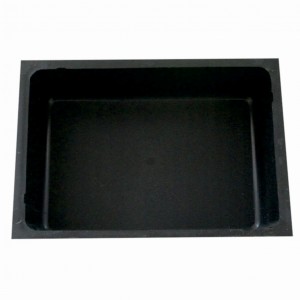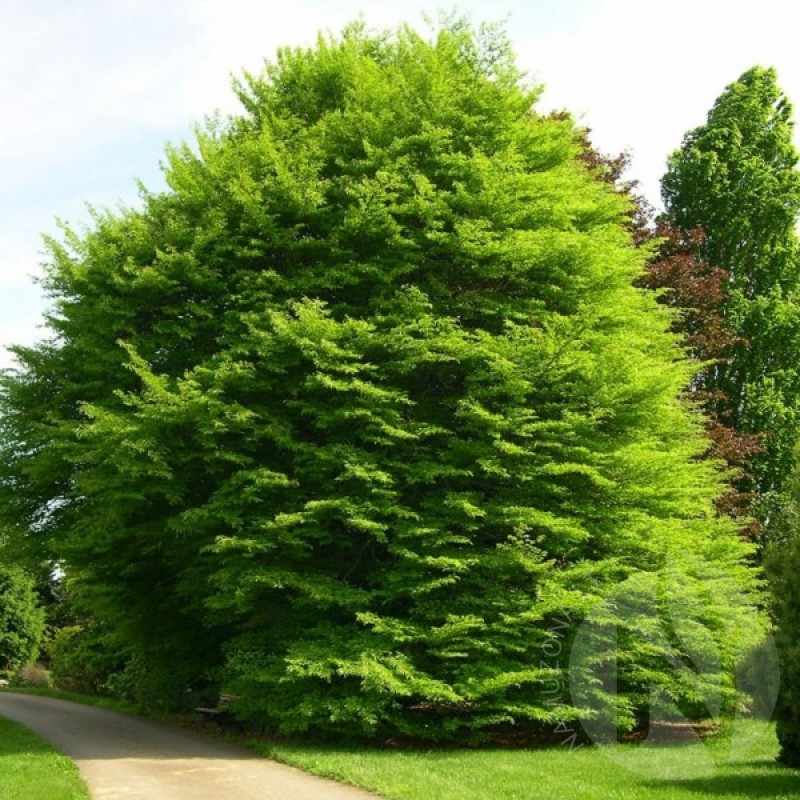
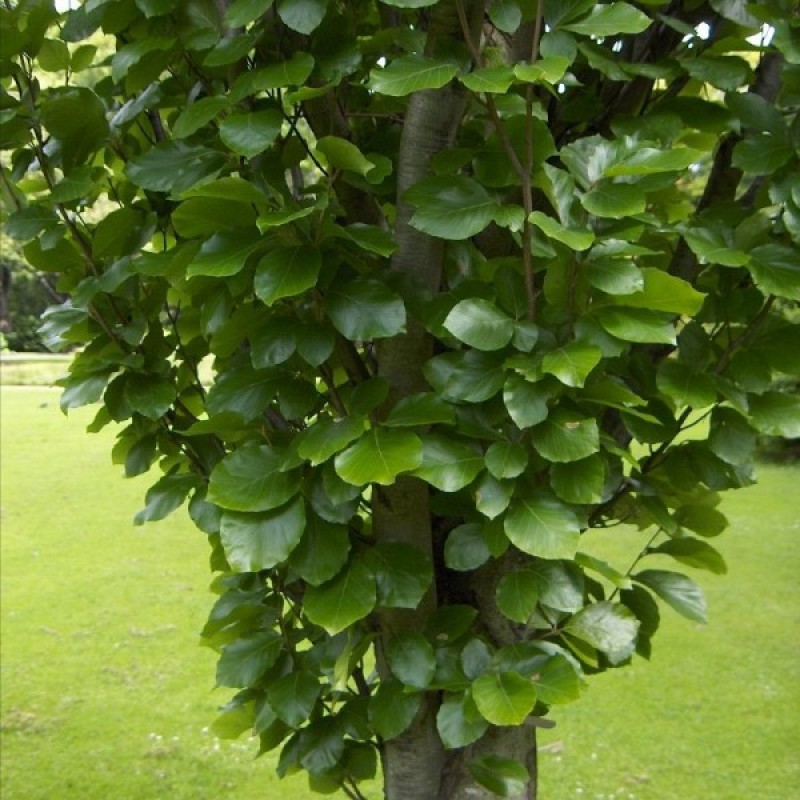
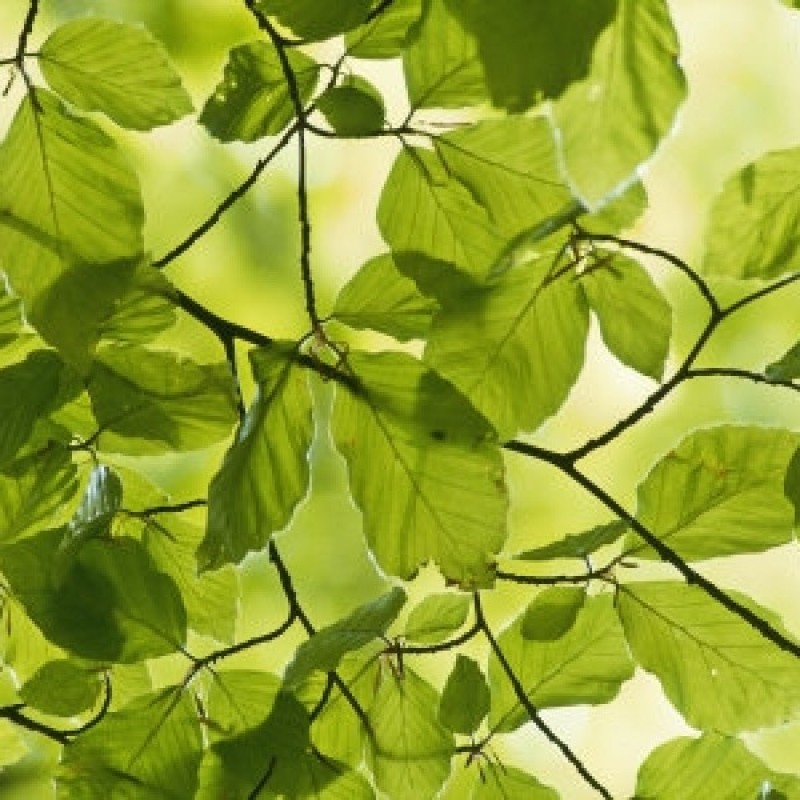
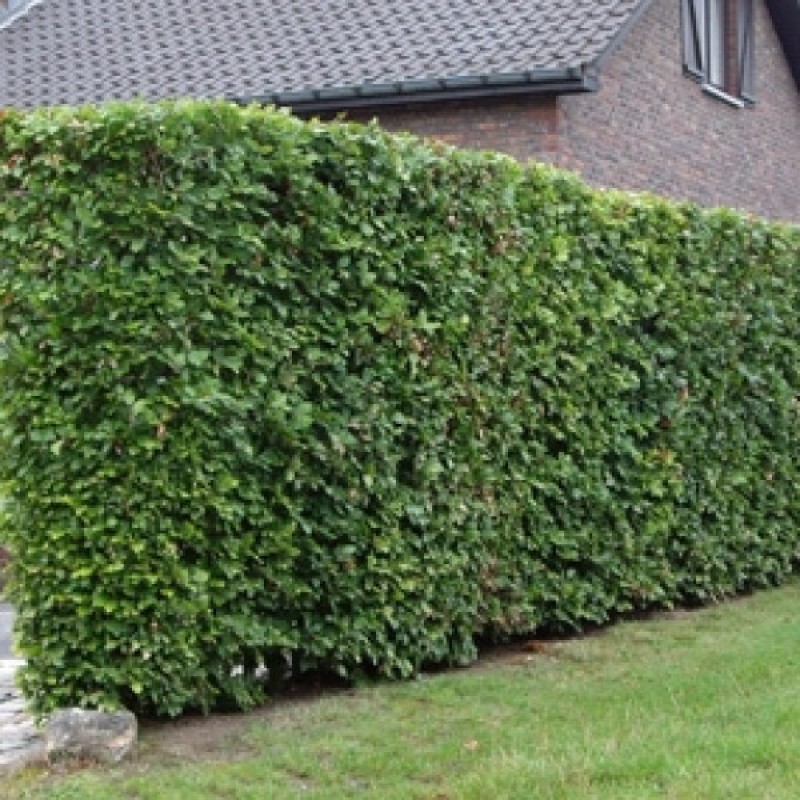
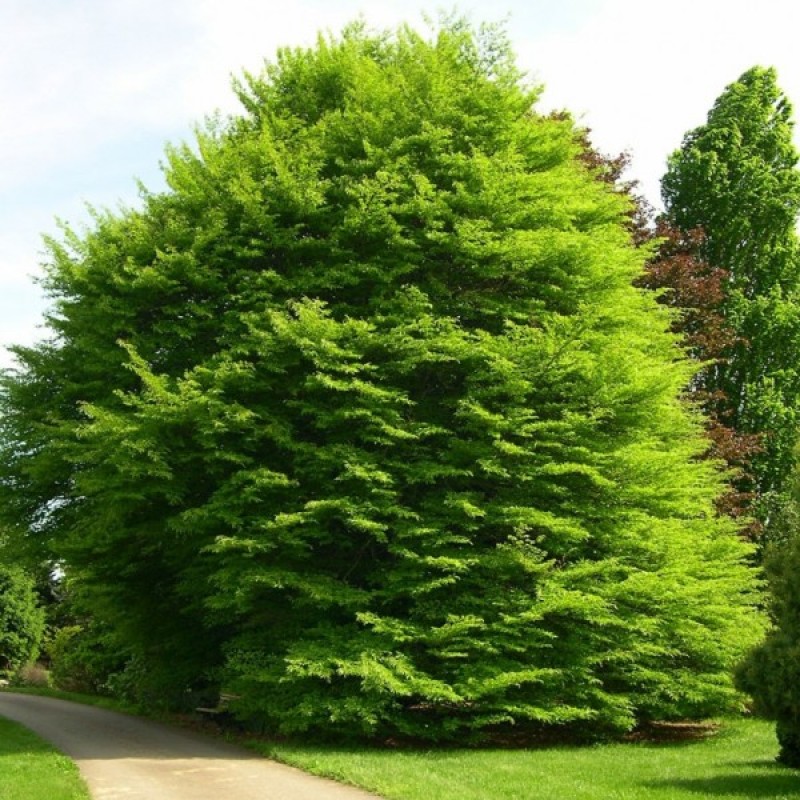
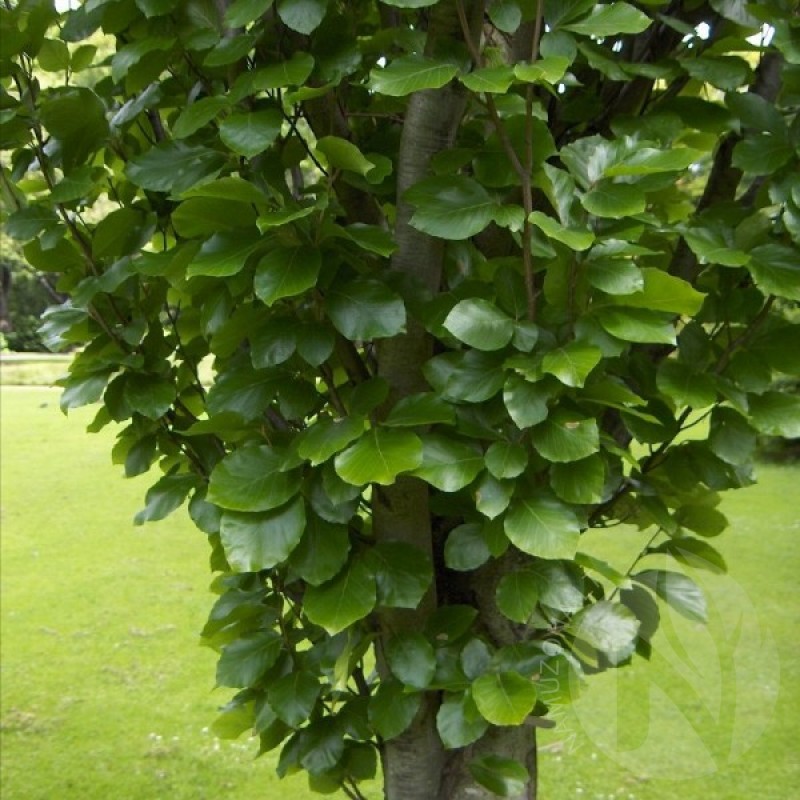
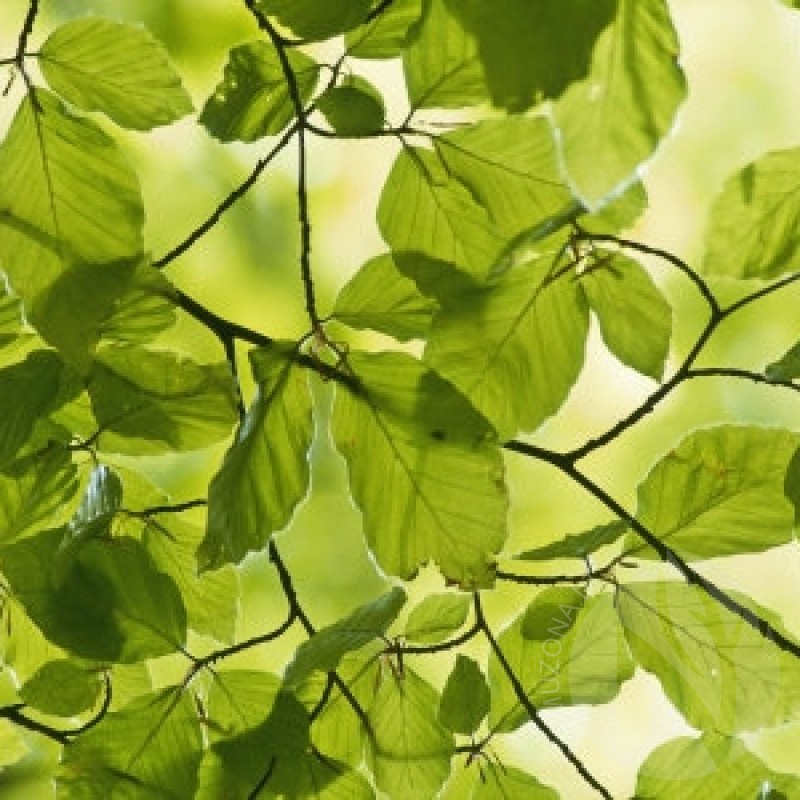
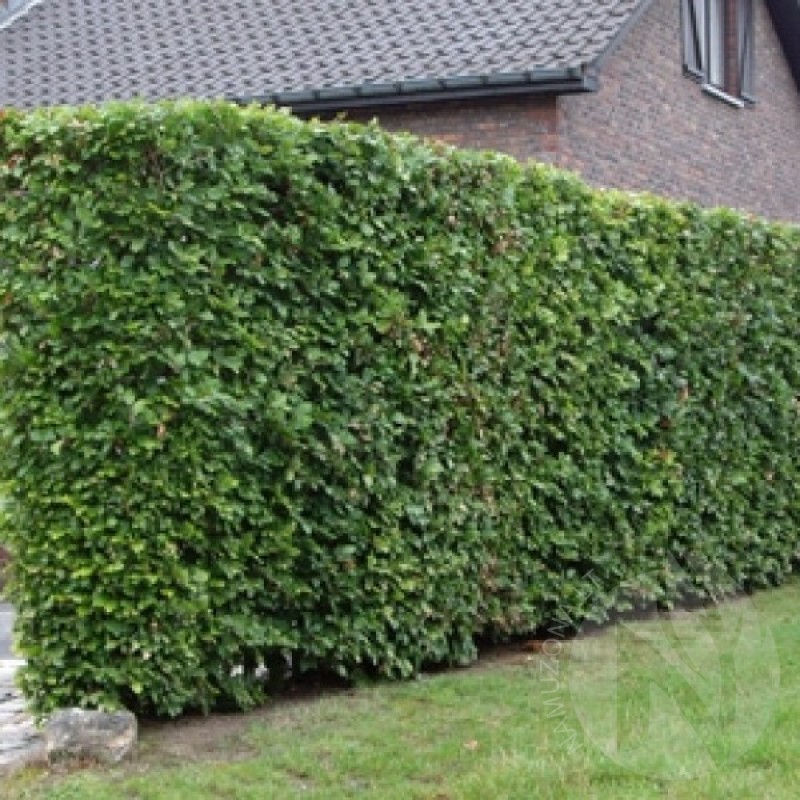
PAY ATTENTION!
All seeds (except SOLD OUT) are available for immediate shipping and will be dispatched within 1-2 business days.
INFORMATION NEEDED? PLEASE CONTACT US NOW!
Native to much of Europe, this magnificent spreading deciduous tree is best known for its silver-gray bark, which is smooth and “elephantine.” Its glossy, elliptic, wavy-edged leaves are bright green when new, darker in summer, and rich bronze in autumn. Sometimes dry tawny brown leaves cling through winter, particularly on young trees. Inconspicuous flowers in spring are followed by small bristly capsules in late summer and fall, which contain one to three nuts. Although eagerly consumed by wildlife, raw nuts are not edible by humans.
Tough and reliable, European beech performs best in moist, well-drained, acidic to alkaline soil in full sun. Established trees tolerate some drought. Beech trees have shallow broad-reaching roots and dense shade, and most plants grow poorly beneath their canopies. Large forms of this tree are ideal for open park-like settings, and smaller cultivars make lovely specimens for more limited spaces. Amenable to heavy pruning, it also works well as a sheared hedge. (info source: Learn2Grow.com)
Genus - Fagus
Species - Sylvatica
Common name - European Beech
Pre-Treatment - Required
Hardiness zones - 4 - 7
Height - 18 - 30 m
Spread - 11 - 27 m
Plant type - Tree
Vegetation type - Deciduous
Exposure - Full Sun, Partial Sun
Growth rate - Medium
Soil PH - Acidic, Neutral, Alkaline
Soil type - Clay, loam, well drained
Water requirements - Average
Landscape uses - Feature Plant, Hedges, Shade Trees, Topiary / Bonsai / Espalier
Bloom season - Late Spring, Spring
Leaf / Flower color - Dark Green / Yellow Green
GERMINATION INSTRUCTIONS
IF INSIDE:
1. Seed should be soaked in pure clean water for 24 hours, then placed in pots of sterilized growing medium and refrigerated (stratified) (+2C) for 60-90 days.
2. Plant the beechnut at a depth of one and a half times its length. Firm the compost. Germinate at room temperature.
IF OUTISDE:
1. Poke holes in the bottom of a plastic container or an empty milk carton and fill the container with a mixture of compost and coarse sand.
2. Plant the beechnut at a depth of one and a half times its length. Firm the compost.
3. Leave the potted nuts outside over the winter so they get the proper cold treatment. Place them in a shady place against the wall of the house. Lay small gauge chicken wire over the top of the containers to protect the germinating nuts from squirrels and rodents.
Atsiliepimų apie šią prekę kol kas nėra.
No questions about this product.







